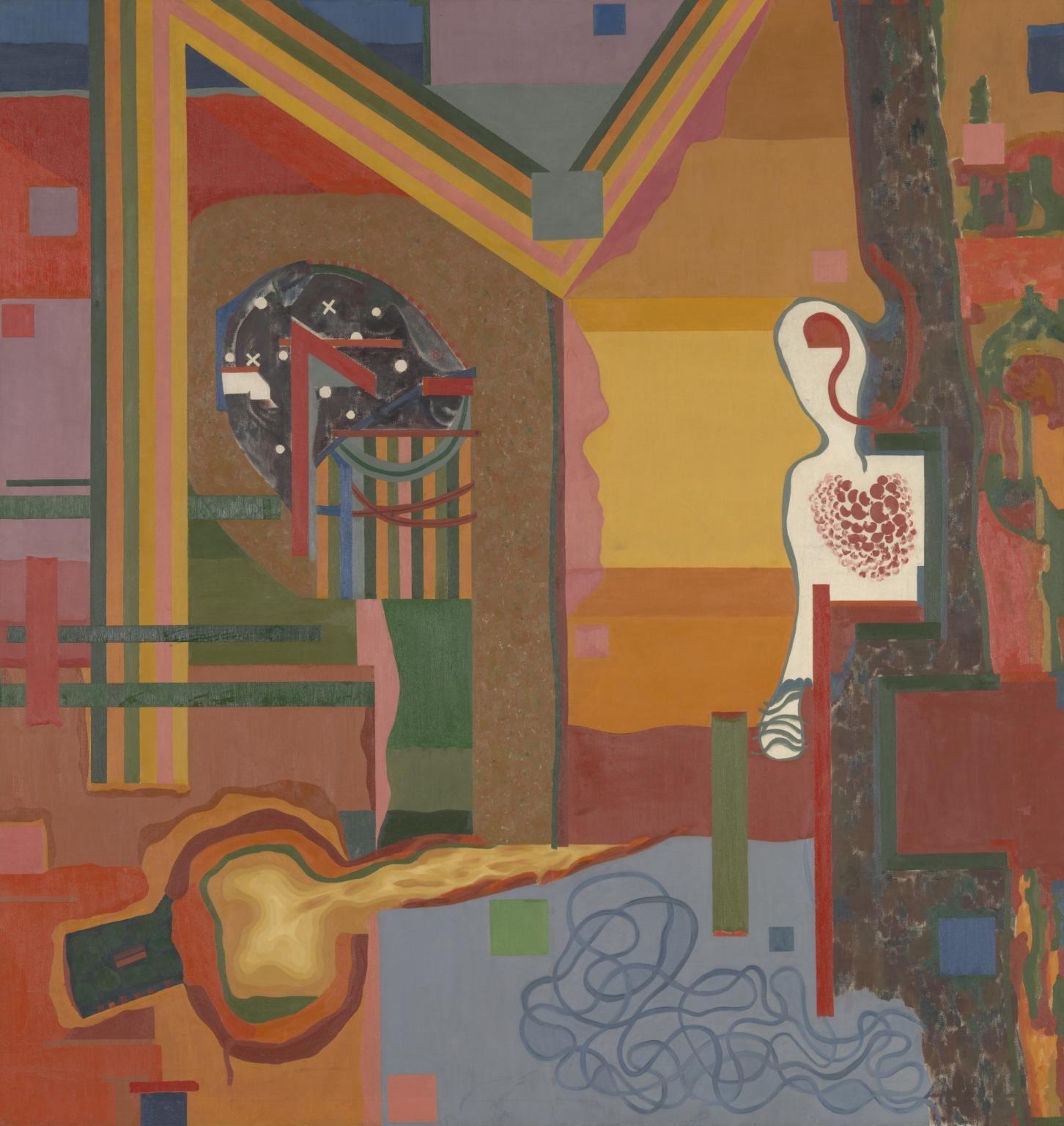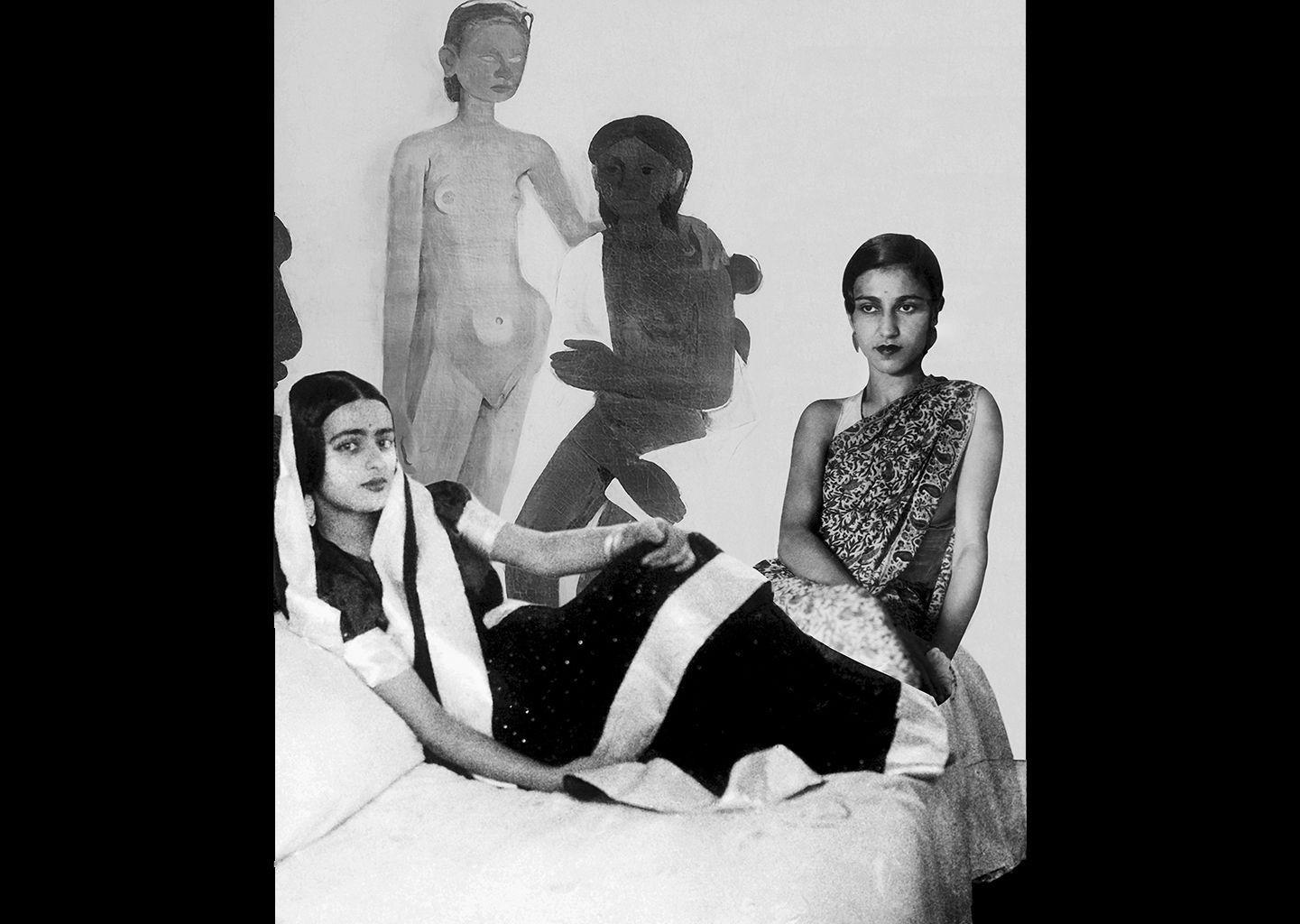(MENAFN- USA Art News) One of India's leading contemporary artists, Vivan Sundaram, has died, aged 79, his Mumbai gallery has confirmed. He passed away earlier today in a New Delhi hospital from complications related to a brain haemorrhage. He is survived by his wife, the leading art historian Geeta Kapur.
Sundaram was born in Shimla, in the northern state of Himachal Pradesh, in 1943, in then-British India. He was the son of the prominent Indian civil servant Kalyan Sundaram, the first law secretary of post-independence India, and Indira Sher-Gil, the sister of Amrita Sher-Gil, India's most famous female Modernist painter. He was educated at the Doon School, before studying at the Faculty of Fine Arts, Maharaja Sayajirao University of Baroda (MSU) in the 1960s under the renowned pedagogue KG Subramanyan, and at the Slade School of Art, London University, where his teachers included RB Kitaj, who influenced his early works with elements of kitsch and Pop Art.

Vivan Sundaram's May 68 (1968)
© Tate
Over six decades, Sundaram produced a wide-ranging and aesthetically varied body of work that includes painting, sculpture, photography, digital art and room spanning installations-according to his gallery, Chemould Prescott Road, Sundaram was the first installation artist in India. Should his works be bound by a style or theme, they find in common a deep and sustained concern with activist and social issues within both India and the wider world. Early works of his, such as the painting May 68 (1968), held in the Tate collection, references the civil unrest that broke out in Paris during the protests of May 1968-an incident that greatly influenced the young Sundaram and provoked him to set up a commune in London where he lived till 1970. On his return to India in 1971, he worked with artists' and students' groups to organise events and protests, especially during the years of Indira Gandhi's Emergency period.
His later life, largely spent in Delhi and Mumbai, was marked by a successful career in which he was embedded in the Indian art community, helping to promote the country's art scene and galvanise it around social issues. In 2003, one year after the 2002 Gujurat riots that saw communal violence tear across India, Sundaram took part in a group show at the Safdar Hashmi Memorial Trust in New Delhi-of which he was a founding trustee. Here he showed two sculptures, Mausoleum (1993) and Gun Carriage (1995), which contained the image of a Mumbai riot victim.
One of Sundaram's best-known works is his room-sized installation Memorial (1993–2014), created in response to violent conflict between Hindu and Muslim groups in Bombay (now Mumbai) in the early 1990s. Comprised of a number of individually titled smaller parts, the work forms a commemorative tomb for an unknown victim of the civil conflict around the razing of Babri mosque in Ayodhya in 1992 by Hindu extremists.

Vivan Sundaram's Sisters with Two Girls (2001)
And in Re-take of 'Amrita' (2001-2005), photos of his family taken by his grandfather Umrao Singh Sher-Gil between 1904 to 1940s are remixed and collaged through Photoshop, to create tableaux that skew space, time, and, therefore, reality. Prominently featuring his aunt Amrita, the work was described by Sundaram at the time as a“photo-dream-love-play”.
Sundaram was one of 30 artists to show a new work at the ongoing 15th edition of the Sharjah Biennial (until 11 June), where his photomontage installation Six Stations of a Life Pursued (2022) is on display.“Okwui's [Enwezor's] proposition suggests a narrative that is dynamic yet recursive in an ethically accountable way,” Sundaram said of the project.“I present a photography-based project, Six Stations of a Life Pursued (2022), a choreography of bodies that have undergone violence, experienced incarceration, and lived through mourning. The sixth 'station' signifies a journey premised on the historical and rehearsed with activist resolve.”
Sundaram is represented by Chemould Prescott Road in Mumbai and Vadehra Art Gallery in Delhi. Shireen Gandhy writes on Instagram:“The next few days will be filled with recounting memories of [Vivan] as“a mentor, a friend and more than anything, an artist who one could turn to when you wanted to deeply speak about ART”.
Sundaram's work has been included in many solo and group exhibitions and international biennials, including two retrospectives at the Haus der Kunst in Munich and the Kiran Nadar Museum in New Delhi. His work has been shown at Tate Modern, The Queens Museum of Art, New York, and the Fukuoka Asian Art Museum in Japan. The artist published over 18 books, including Making Strange, Trash, Amrita Sher Gil: An Indian Artist Family of the 20th Century, Re-take of Amrita and Vivan Sundaram is not a Photographer.
Vivan Sundaram; born Shimla 28 May 1943; married 1985 Geeta Kapur; died New Delhi 29 March 2023.